This photo essay was created as part of the 'Industrial Heritage' challenge set for the members of oneLandscape, the online community for landscape photographers.
Click HERE to join our community.
The Eden Valley is one of the most rural areas in the whole of England. But you don't have to look too hard to find traces of its industrial past.
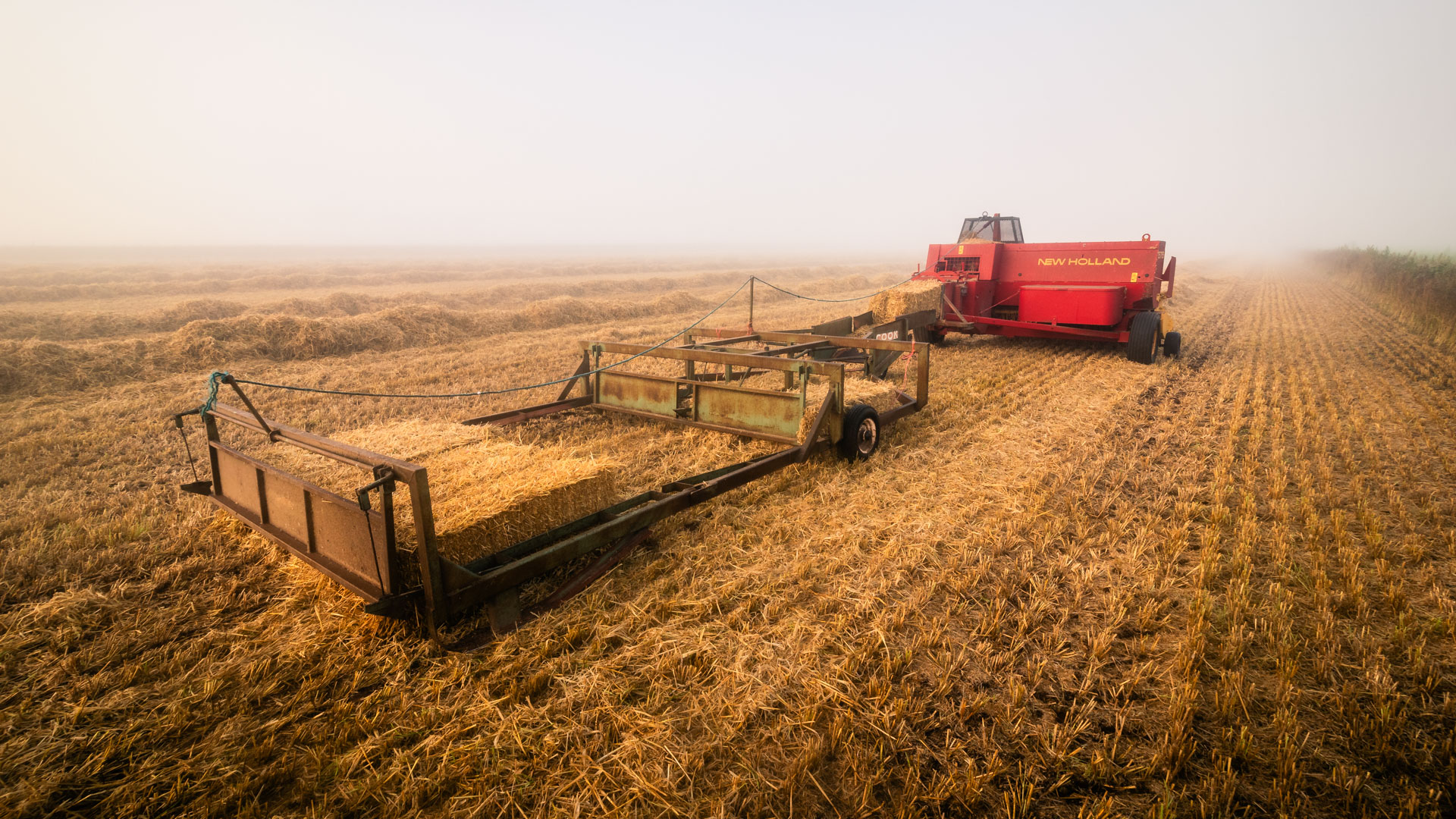
As you explore the area, it won't be long before you stumble upon a strange stone structure cut into the hillside.

This is a lime kiln, built to burn limestone to produce quick lime, which can be used as a building material or to raise the pH of the soil to make it more fertile.
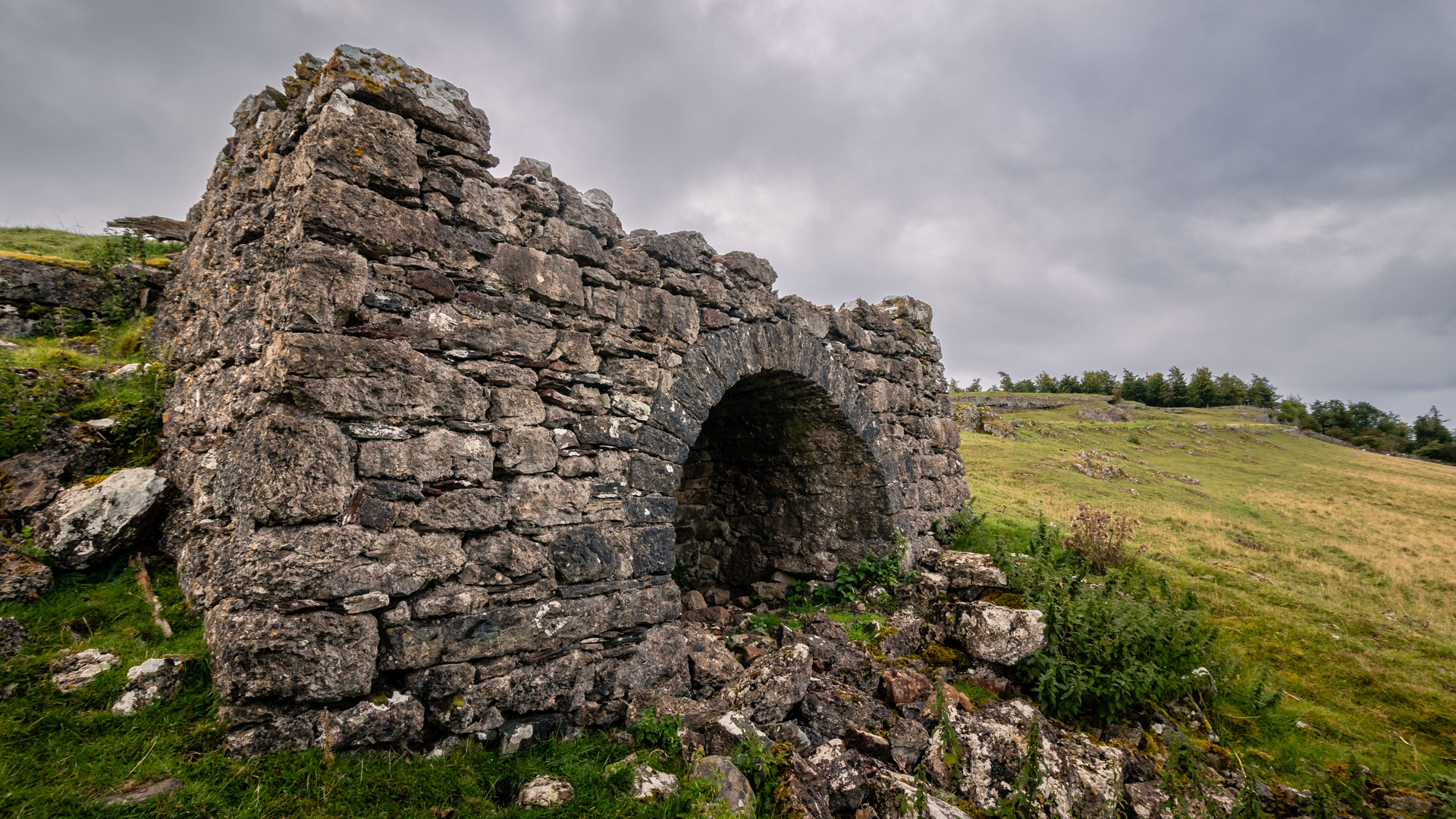
The Eden Valley sits on a bed of carboniferous limestone, laid down over 300 million years ago. At Great Asby Scar in the Yorkshire Dales National Park, a section of limestone was exposed by glaciation during the last ice age.
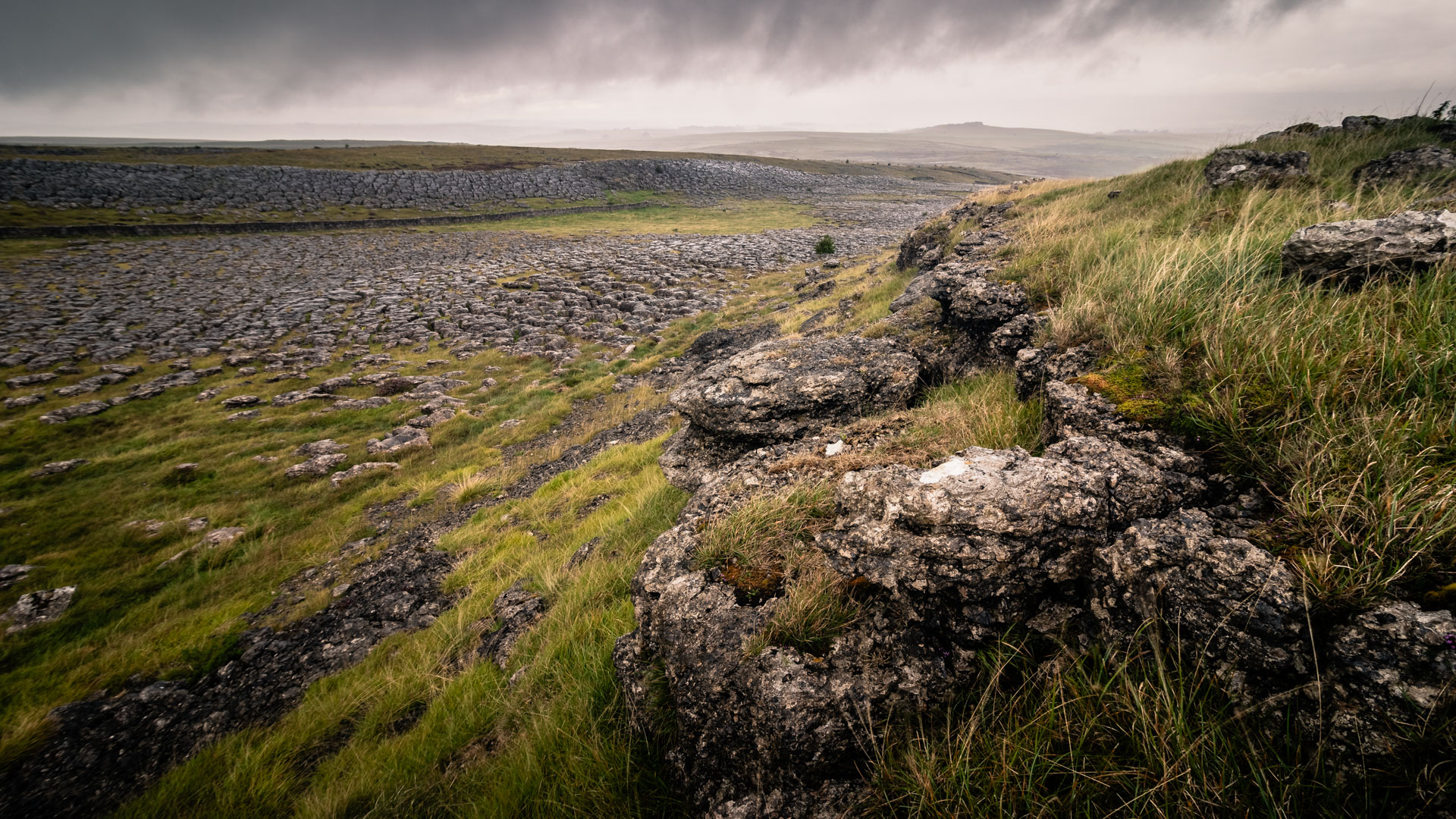
The patterns in the rock were caused by chemical erosion. The rock was dissolved by acid rain to form deep fissures know as grikes.
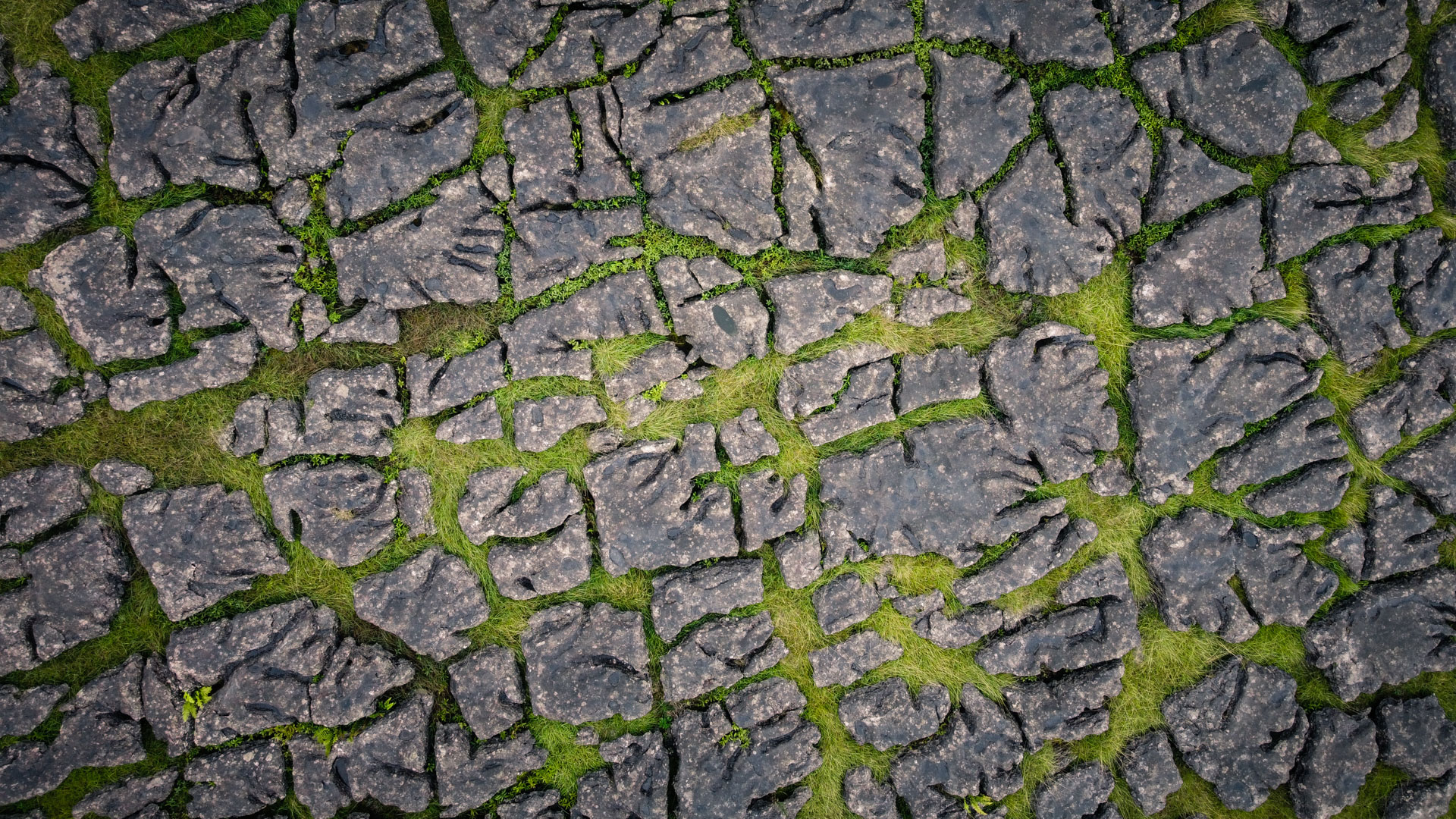
It is estimated that Limestone has been quarried in the Eden Valley for nearly 2,000 years. Most of the quarries are now abandoned, a poignant reminder of how the landscape has been permanently scarred.
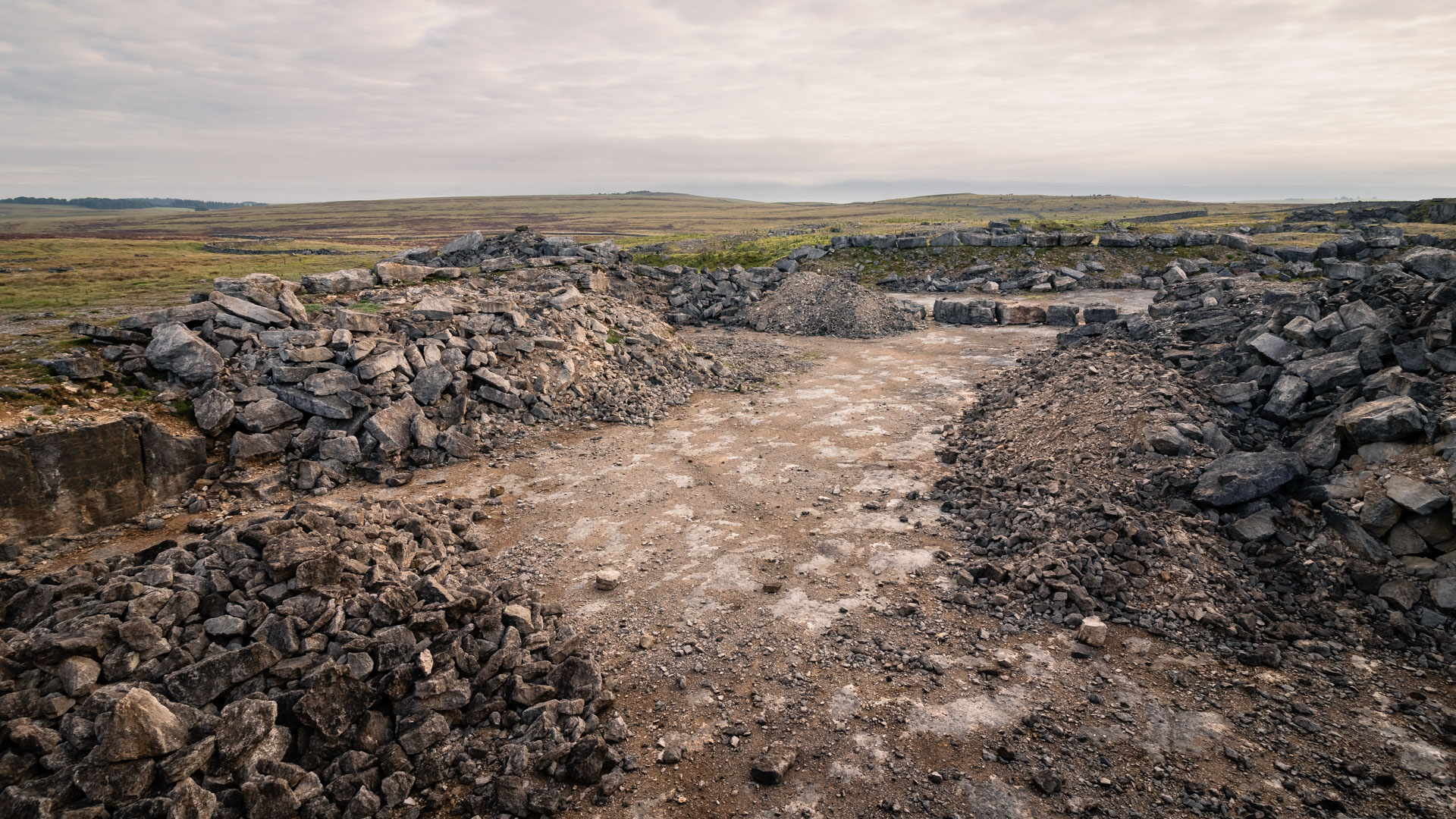
Today, limestone is still excavated from Hardendale Quarry. Opened in 1962, the quarry is almost a mile from end to end, although approximately two thirds is now flooded.

The limestone extracted from Hardendale Quarry is taken to the Shapfell Lime Works for processing. Currently operated by Tata Steel, some of the lime produced here is used as flux in the production of steel.

